
Specialize in Compression molds

Specialize in Compression molds
SMC(sheet molding compound) mould has excellent corrosion resistance, soft quality and easy engineering design, flexible and other advantages. Its mechanical properties can be compared with some metal materials, and the products manufactured by it have the advantages of good rigidity, deformation resistance, and wide temperature range. SMC molds require heating channels instead of cooling channels in injection molds. Normal heating systems are steam, oil, electricity or high pressure water. The working temperature of SMC mold is usually 140 degrees to 160 degrees. When designing the temperature system, it is necessary to keep the mold surface at a close temperature. Molds with uniform temperatures will fill more easily and produce parts with less warpage, improved dimensional stability and a uniform surface appearance.
In the process of mold processing, different mold materials and shapes will affect the heating method, and different heating methods will also have different effects on the performance and processing efficiency of the mold. This article will introduce in detail the common mold heating methods, their respective characteristics, applicable scenarios and their impact on SMC molds.
Electric heating is a mold heating method commonly used at present. The electrothermal effect occurs on the surface of the mold by electrification, thereby heating the mold. It can be achieved by heating rods, convection heating and other different ways. Electric heating has the advantages of simple operation, fast heating speed, uniform and stable heating temperature, high temperature control accuracy, and no need to wait for heating or cooling time. It is suitable for mold heating of all materials. At the same time, electric heating can also realize the control of different temperature regions through the adjustment of heating elements, so as to realize different processing schemes and patterns. However, electric heating has a relatively large demand for electricity, and the cost of using an electric heater is also relatively high.
Electric heating is often used for heating plastic molds, especially for molds that require high precision, such as SMC molds. Compared with traditional heating methods, electric heating can control the mold temperature more precisely, so that the manufactured molds are more accurate and the shell quality is higher.
For SMC moulds, electric heating can help speed up the mold heating speed and temperature rise, thereby reducing manufacturing time, speeding up production rhythm, and improving production efficiency. performance, thereby ensuring the service life of the mold. Electric heating can also increase the hardness and strength of SMC composites, thereby improving the performance and quality of products. However, there are some factors that need to be paid attention to when using electric heating, such as the reasonable setting of voltage and current, and the control of heating time and temperature, so as to avoid affecting the performance and service life of the mold and damaging the mold.

Steam heating means that steam is transported into the mold through pipelines for heating. The temperature control of steam heating is more precise, and the heating speed is relatively fast. Steam heating is suitable for molds with complex and irregular shapes and needed temperature is not too high. However, steam heating requires a complete steam pipeline and supporting equipment. This method is more energy efficient than electric heating, but relatively consumes more energy. Steam heating is a commonly used mold heating method. Its basic principle is to use the heat energy of high-temperature and high-pressure steam to contact the mold, thereby increasing the temperature of the mold to meet the processing requirements.
This heating method has the following characteristics:
1. Uniform heating: Steam can be evenly distributed on the surface of the mold, so that the entire mold is heated evenly, avoiding thermal stress caused by excessive temperature gradient.
2. Efficient and safe: The steam heating speed is fast and the efficiency is high. At the same time, because there is no open flame in the steam heating process, it has higher safety.
3. Precise temperature control: When steam is heated, sensors can be used for real-time monitoring and adjustment, so as to achieve precise temperature control.
Steam heating is widely used in plastic molds, die-casting molds, rubber molds, etc., and can also be used for preheating and annealing of metal molds.
For SMC molds, SMC molds are usually made of composite materials, which have high strength and corrosion resistance, but there are also some shortcomings, such as thermal stress and surface adhesion. The uniformity of steam heating and the accuracy of temperature control can effectively solve these problems, avoiding the thermal stress caused by the local temperature being too high or too low during the heating process. At the same time, steam heating can also promote the fluidity of SMC materials, thereby improving the molding quality and production efficiency of products.
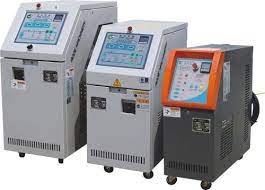
Oil temperature heating, also called heat conduction oil heating. It means that the electric heating tube is placed in the heating oil tank, and the high-temperature heat transfer oil is used to transfer heat to the mold for uniform heating and maintain a certain temperature range. This method is easier to control the temperature, can achieve precise temperature control, and heat evenly, so as to ensure that the mold will not be damaged due to excessive temperature. Heat conduction oil can transfer high-speed heat and heat up quickly, so it is suitable for some bigger and complex shapes molds and molds that require high temperature heating. At the same time, heat conduction oil heating can also maintain the flatness of the mold surface during mold making and processing, avoid problems such as slack and cracks, and make the mold surface deform more uniformly, and it is not easy to appear towering and uneven. However, oil temperature heating also has some disadvantages, for example, the heat transfer oil needs to be replaced frequently during operation, and the heating speed is relatively slow.
For SMC molds, heat conduction oil heating can reduce the internal stress left by shrinkage during processing, make the mold more uniform, and is more effective than electric heating in processing time, which can speed up the production efficiency of the mold, and can also avoid material overheating damage. However, some matters need to be paid attention to during the heating process of heat transfer oil, such as heating on site and safety protection measures.
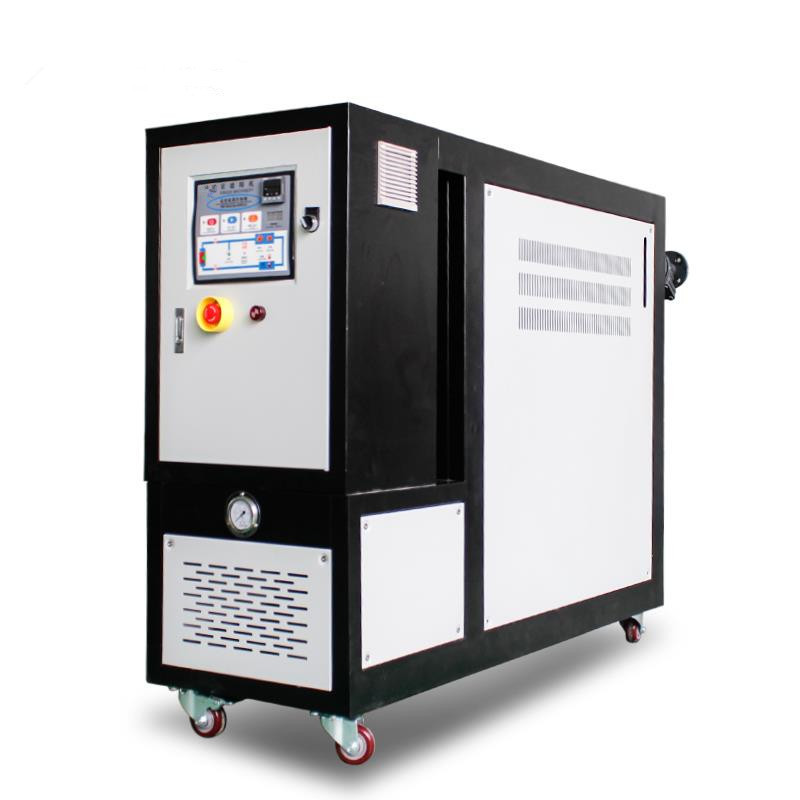
The above are common heating methods, and the selection of different mold heating methods depends on factors such as mold material, shape and processing requirements.
As a professional SMC mold supplier, MDC Mould have experienced engineers, imported equipment, precise processing flow, years of research in SMC mold design and SMC mold technology, and a supporting SMC mold trial line to ensure that SMC molds can meet customer needs from initial design to subsequent mass production.
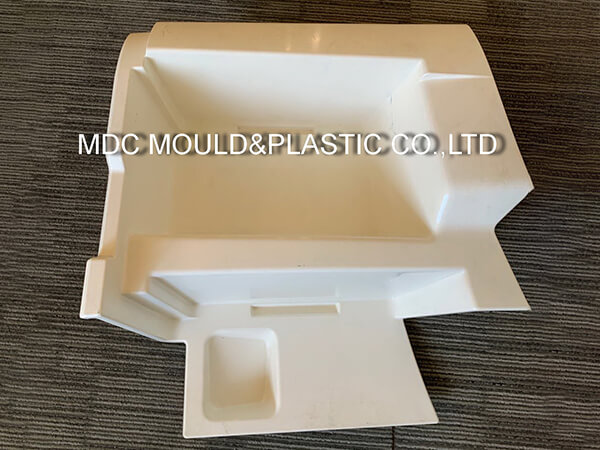
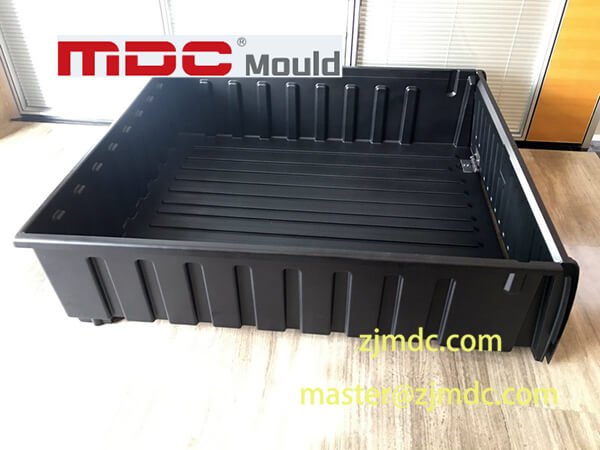
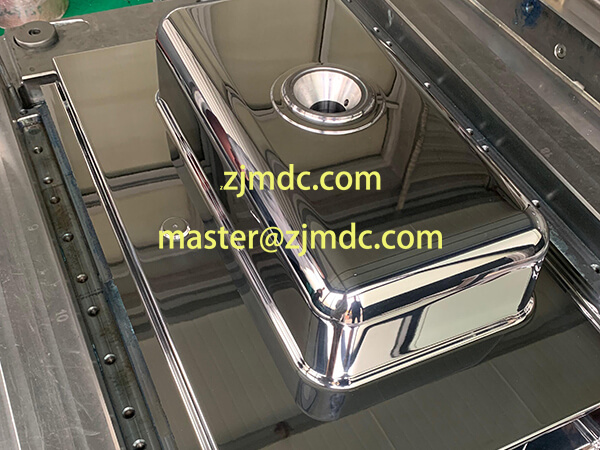
Contact US
Email: master@zjmdc.com
Tel: +86 576 84616076
Fax: +86 576 84616079
Mobile: +86 13906573507(Mr. Wang)
Address: No.116 mochuang road, Huangyan Xinqian street,Taizhou,Zhejiang,China